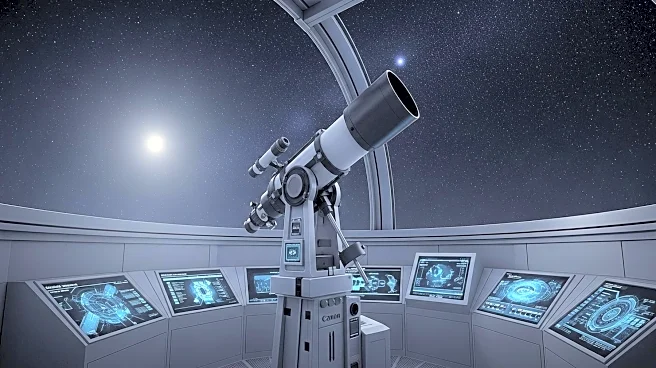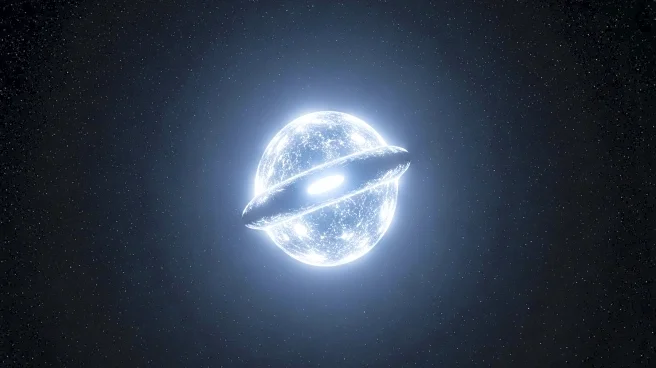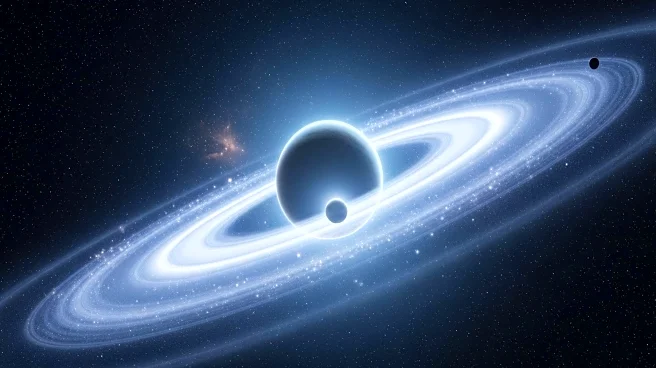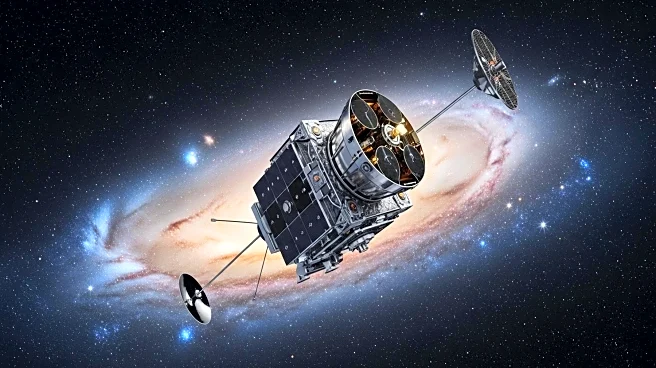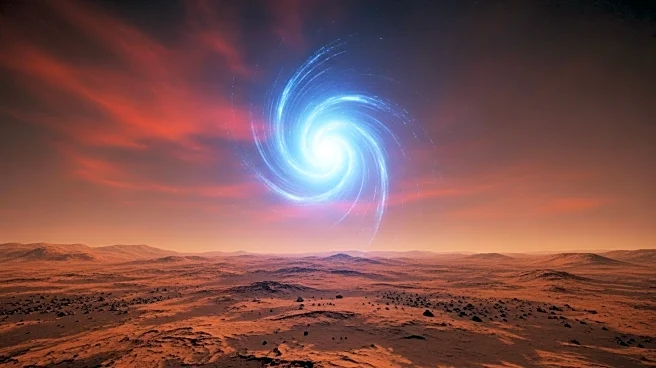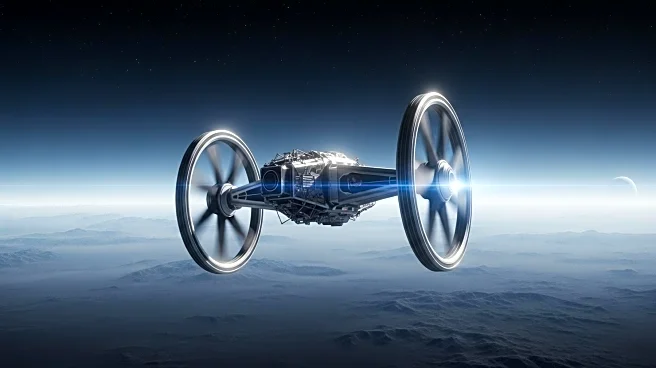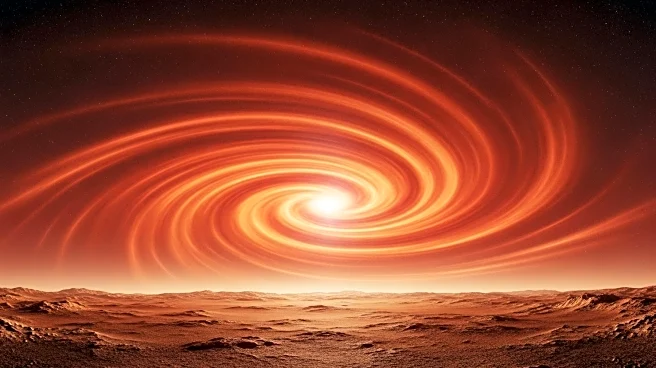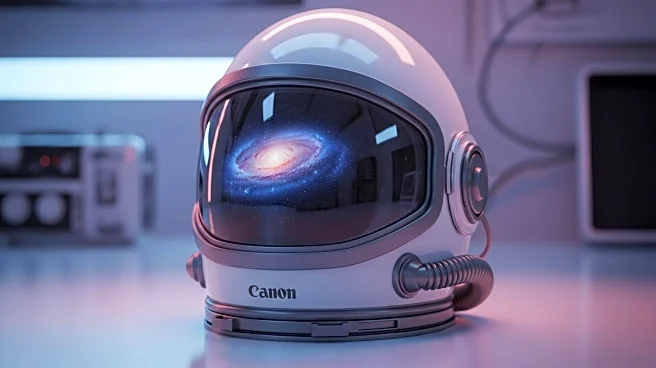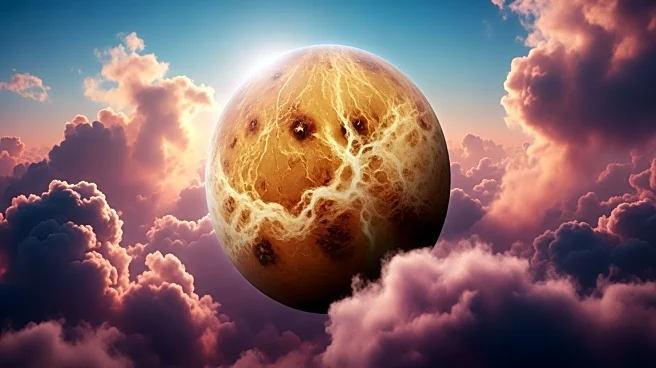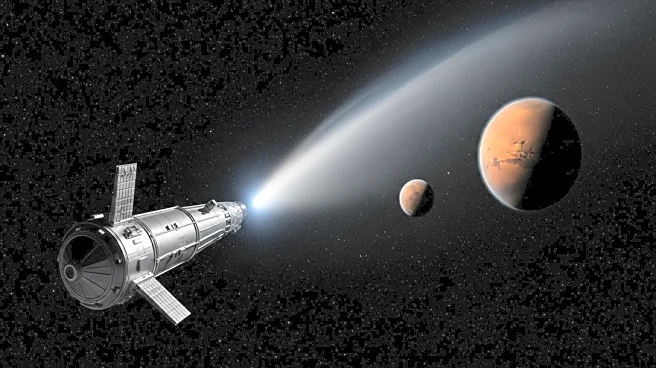What's Happening?
Recent research suggests that Saturn's moon Mimas may host a subsurface ocean beneath its icy crust. Scientists have been mapping the thickness of Mimas' ice shell, which could indicate the presence of an ocean. The moon's largest crater, Herschel, plays a key role in this hypothesis, as its formation suggests the ice was not completely solid at the time. Mimas' orbit changes may have generated heat, melting ice into water and potentially forming a new ocean. This discovery is based on data from NASA's Cassini spacecraft and models applied by planetary scientists.
Why It's Important?
The potential discovery of an ocean on Mimas could redefine our understanding of ocean worlds in the solar system. It highlights the dynamic nature of celestial bodies and the possibility of life-supporting environments beyond Earth. This finding could influence future space missions, as detecting subsurface oceans is crucial for astrobiology research. Understanding Mimas' geological history and thermal dynamics may provide insights into the formation and evolution of other moons and planets.
What's Next?
Future missions may focus on detecting the subsurface ocean on Mimas, using measurements of heat flow and ice shell thickness. Scientists are exploring the possibility of sending an orbiter to study Mimas' thermal interior and surface features. Continued research and simulations will aim to confirm the existence of the ocean and its implications for planetary science.
Beyond the Headlines
The discovery of an ocean on Mimas raises questions about the moon's geological activity and its potential for hosting life. It challenges previous assumptions about the moon's formation and suggests a more complex history. The study of Mimas could contribute to broader discussions on planetary habitability and the search for extraterrestrial life.

